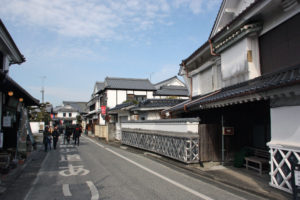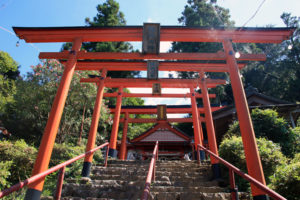Itoshima, in Fukuoka-prefecture
Itoshima is located next to Fukuoka-city, the north side is facing Genkai Sea and has
intricate coastline created by dynamic wave. The plain and several low mountains
between the coastline in the north and Seburu mountain range in the south create
beautiful landscape. The main industries are fishery and agriculture, including rice,
fruits and flowers. Sake rice is also cultivated and there are also Sake Breweries.
You can enjoy various cuisines such as sea food dish, oyster Barbecue, Sushi as well
as Ramen.
 |
 |
 |
 |
 |
 |
 |
 |
 |
 |
 |
 |
 |
 |
 |
 |
 |
 |
Population : 100,000 people, Population density : 460 people / km2
Fukuoka-city, in Fukuoka-prefecture
Fukuoka is the biggest city in Kyushu and the energetic city bustling as the center of Kyushu’s
politics, economy, culture, fashion as well as tourism. Fukuoka-city has many kind of fascinating
tourist attractions and abundant tourism materials which are different from the other destinations
in Kyushu. When visiting Kyushu, Fukuoka-city is the place to be incorporate in the travel plan.
And due to its location Fukuoka-city is the great starting point for exploring Kyushu.
 |
 |
 |
 |
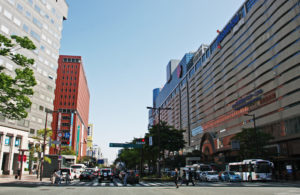 |
 |
 |
 |
 |
 |
 |
 |
 |
 |
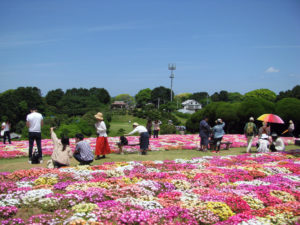 |
Population : 1,650,000 people, Population density : 4,800 people / km2
Kitakyushu-city, in Fukuoka-prefecture
Kitakyushu is 2nd largest city in Kyushu with 920,000 population.
Kitakyushu possesses numerous tourist attractions. Nature areas
including Mt. Sarakura where the most dynamic night view in the
World, Castle town area Kokura where Japanese traditional culture
can be experienced, Mojiko Retro facing Kanmon Strait where
beautiful Strait and also Industrial area Yahata where is industrial
area has many Industrial Heritages.
 |
 |
 |
 |
 |
 |
 |
 |
 |
 |
 |
 |
 |
 |
 |
Population : 913,000 people, Population density : 1,850 people / km2
Dazaufu, in Fukuoka-prefecture
Dazaifu is one of the most attractive tourist destinations in Fukuoka-prefecture
to experience Japanese traditional culture.
From the late 7th century to the late 12th century, Dazaifu was the western capital
of Japan and controlled Kyushu. Geographically, it served as the front line of
Japan’s diplomacy and defense, as well as it is gate way to the Asian continent.
A special location worth visiting is Dazaifu Tenmangu Shrine built in 919 , with more
than 8.5 million tourists visiting annually.
 |
 |
 |
 |
 |
 |
 |
 |
 |
 |
 |
 |
Population : 73,000 people, Population density : 2,500 people / km2
Yanagawa, in Fukuoka-prefecture
Yanagawa is a beautiful canal town where with fields of flat land facing the
calm Ariake Sea. The area of Yanagawa was created by reclamation of shallow
Ariake Sea which has existed since and the canal was constructed for people’s
lives and agriculture. Yanagawa was once a Castle town of the Tachibana
domain. Features of Yanagawa are the Canal boat cruise and Eel cuisine.
 |
 |
 |
 |
 |
 |
 |
 |
 |
 |
 |
 |
Population : 61,000 people, Population density : 800 people / km2
Asakura, in Fukuoka-prefecture
Asakura is located in south of Fukuoka Prefecture and spreads over
the Chikugo plains of the Chikugo River basin. It is a thriving area of
agriculture and possesses natural scenery that is rich and relaxing.
It also includes the tranquil Harazuru Onsen resort on the river and the
and the historical Akizuki castle ruin.
 |
 |
 |
 |
 |
 |
 |
 |
 |
 |
 |
 |
 |
 |
 |
Population : 48,000 people, Population density : 200 people / km2
Ukiha, in Fukuoka-prefecture
Ukiha blessed with nature where many orchards spread out at the foot of Mino mountain range.
Yoshii, in the center of Chikugo flourished as a post town during the Edo period, and there a
lot of Sake brewery which have established the Edo period. A fruits picking and Sake brewery
visit can be enjoyed here.
|
|
|
|
|
|
|
|
|
|
|
|
|
|
|
|
Population : 27,000 people, Population density : 230 people / km2
Ureshino, in Saga-prefecture
Ureshino Onsen is a hot spring town in south-western Saga-prefecture. Its clear
Onsen waters are high in sodium bicarbonate and sodium chloride and feel
extremely smooth on skin, giving rise to its popularity as a “Bihada no Yu”
( beautiful skin waters).
Ureshino is famous for its tea. Terraces of tea fields sprawling out one after the next is
a scene typical of Ureshino. Proper cultivation of Ureshino Tea was begun between
1648 and 1651 by tea grower, Jinbei Yoshimura, who is even sung about in the local folk
songs. Tea seeds were gathered from Mount Sefuri and planted in the mountainous region
of Ureshino Onsen, ideal as a tea growing area.
 |
 |
 |
 |
 |
 |
 |
 |
 |
 |
 |
 |
Population : 25,000 people, Population density : 200 people / km2
Arita, in Saga-prefecture
Arita is located in the north side of Saga and surrounding the mountain ranges.
And Arita is the first place producing porcelain in Japan in the early 17th century.
The pieces have bright, elegant picture drawn in transparent white porcelain.
Arita porcelain was exported to Europe in the later half of 17th century and
greatly influenced European pottery.
The unique Arita porcelain red, green and yellow patten called Kakiemon style.
It holds the largest porcelain fair in Western Japan, the Arita Porcelain Fair.
This event is held from April 29 to May 5 every year and has thousands of stores
and stalls lining the six-kilometre long main street.
 |
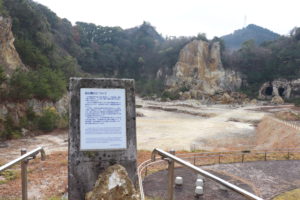 |
 |
 |
 |
 |
 |
 |
 |
 |
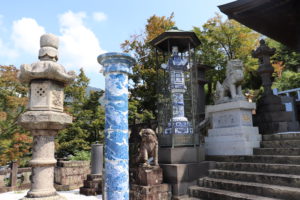 |
 |
Population : 18,000 people, Population density : 280 people / km2
Imari, in Saga-prefecture
Imari is most notable because of Imari porcelain which has 400 years history.
The city borders Arita to the south and embraces the natural port of Imari Bay.
The porcelain was exported from the port of Imari specifically for the European
export trade.
Okawachiyama porcelain district
Originally, an owner of the Imari porcelain was Nabeshima clan, in order to develop
and protect its outstanding technique, he gathered skilled artisans and painters in
Okawachiyama district. Now. about 30 potteries are manufacturing Imari porcelain.
 |
 |
 |
 |
 |
 |
 |
 |
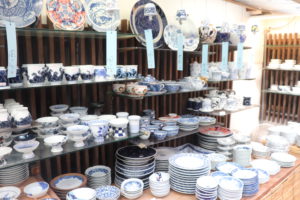 |
 |
 |
 |
Population : 50,700 people, Population density : 200 people / km2





